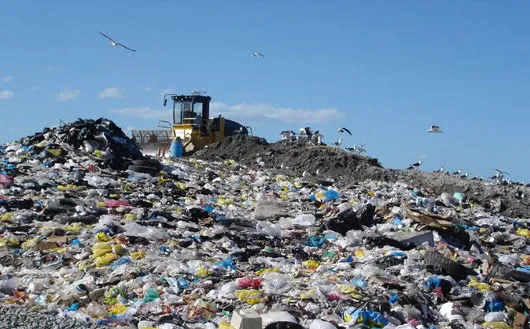It is a well known secret that plastic hardly breaks down and almost all of the plastic ever made still floats around somewhere. With the great pacific garbage patch now twice the size of Texas and over 500 billion plastic bags produced a year – which take about a 1000 years to decompose – plastic is well on its way of becoming a basic material in the Earth's ecosystem.
Earlier, we've discussed some of the dramatic effects of this material and suggested how a future microbe able to digest plastic could thrive on the vast amount of plastic 'food' available in the biosphere. It might take a million years, however, for a plastic-eating microbe to evolve.
Why wait for evolution?
But why wait for evolution? 16-year old high school student prodigy Daniel Burd already developed a microorganism that can rapidly biodegrade plastic. Daniel realized something that even the most esteemed PhD's had not considered: Although plastic is one of the most indestructible of manufactured materials, it does eventually decompose. This means there must be microorganisms out there to do the decomposing.
Daniel wondered whether those microbes could be bred to do the job faster and tested this by a simple yet clever process of immersing ground plastic in a yeast solution that encourages microbial growth. After which he only had to isolate the most productive organisms – a sort of speedup of evolution. His first results were encouraging, so he went on, selecting out the most effective strains and interbreeding them. After some weeks of tweaking and optimizing temperatures he achieved a 43% degradation of plastic in six weeks.
Daniel presented a his results at the Canadian Science Fair in Waterloo, Ontario where he won the first price for his study. Meanwhile another 16-year old girl from Taiwan already discovered a microbe able to break down Styrofoam.
The attack of the plastic eating microbes
Of course it is exciting to have such young geniuses creating plastic eating microbes, however, we should keep in mind that we are 'playing with fire' and be concise on the applications. One of the main advantages of plastic – and why we use it everywhere – is that it is not biodegradable. Plastic is used in hospitals, vehicles, homes, industrial settings, etc.
Although it sounds like a great idea to have a colony of plastic-eating microbes clean up the oceans, one can also easily imagine the potential drawbacks of having a plastic-eating bug out in the wild. Perhaps the risk of microorganisms eating up your garden furniture is still acceptable, yet having them enter a hospital setting will be more problematic.
Hence, we should be careful on letting these bugs out in the open and keep in mind that, with every attempt to control nature, we may cause the rising of a next nature which is wild and unpredictable as ever.


Comments (0)
Share your thoughts and join the technology debate!
No comments yet
Be the first to share your thoughts!